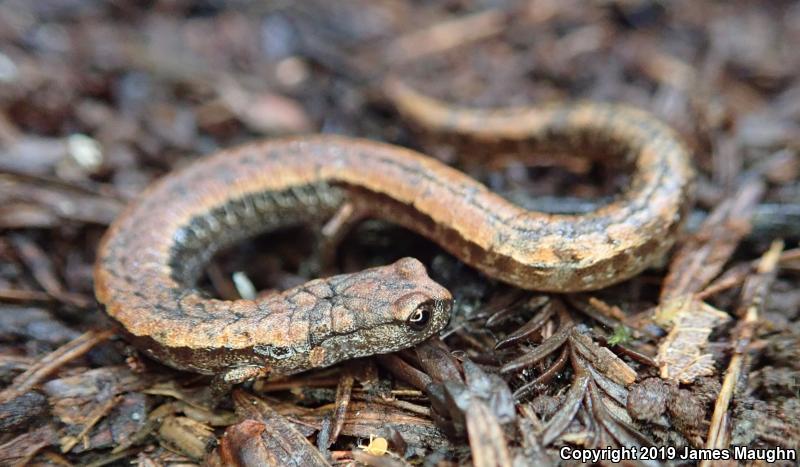

In the dry season commencing in April this species seeks out subterranean tunnels or burrows, including rodent homes, to achieve a cooler and moister retreat than available at the surface.Ĭalifornia slender salamanders have demonstrated an ability to survive in some urban and suburban environments. The slender shape of the California slender salamander is well adapted to penetration of earthworm or termite burrows to forage for prey, usually consisting of tiny arthropods such as mites, spiders and snails. This batrachian often may be found resting beneath leaf litter or other woodland detritus, or beneath rotting logs or rocks providing a wet environment. From approximately October to March, the California slender salamander seeks cover near streams and other moist environments.

What makes this amphibian notable is that this species resides primarily in a limited range within California as one of a handful quasi-endemic.īatrachoseps attenuatus is found in several plant communities including California oak woodland, redwood forest, Douglas fir forest, montane hardwood conifer, grasslands and riparian zone occurrence ranges from valley floors to mid-elevation in coastal ranges. The California slender salamander ( Batrachoseps attenuatus) is a lungless salamander that is found primarily in coastal mountain areas of Northern California, United States as well as in a limited part of the western foothills of the Sierra Nevada, California, in patches of the northern Central Valley of California, and in extreme southwestern Oregon.


 0 kommentar(er)
0 kommentar(er)
